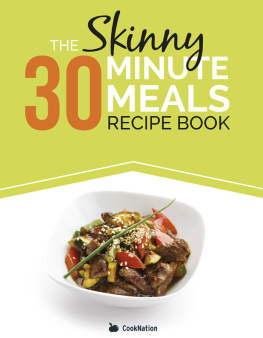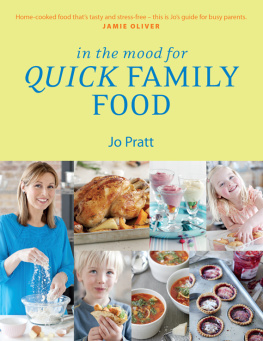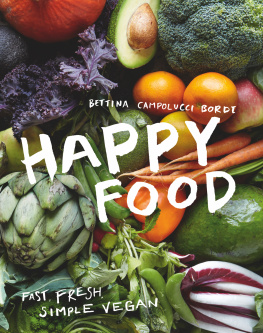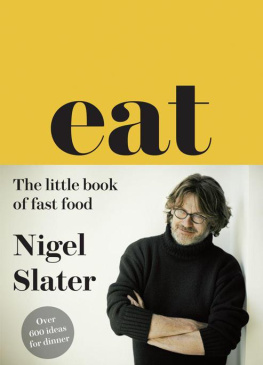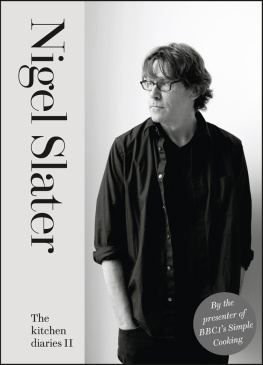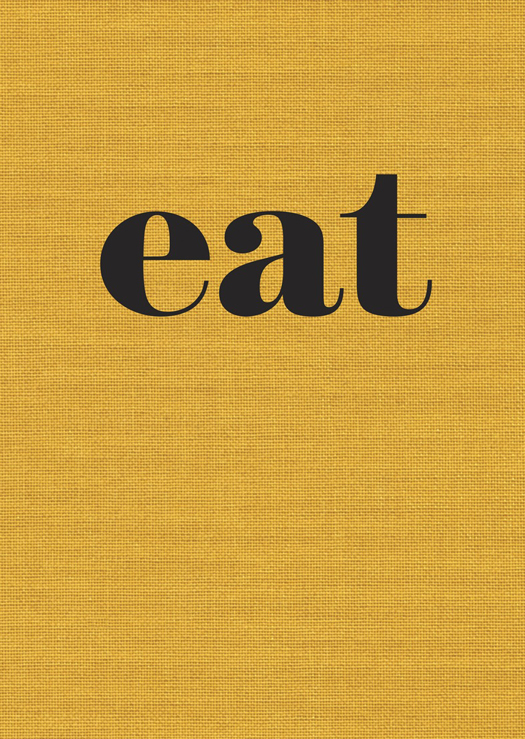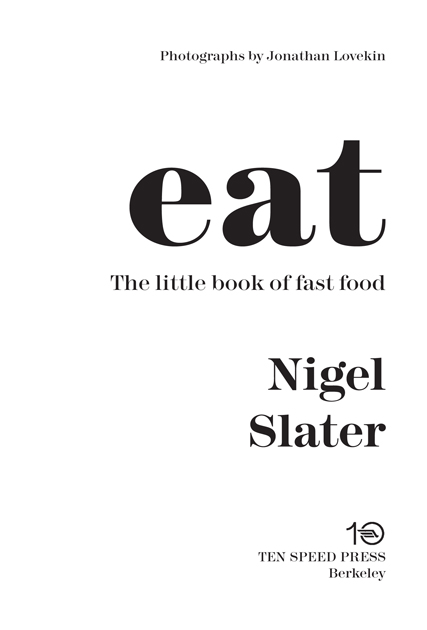NIGEL SLATER is the author of numerous best-selling books, including Notes from the Larder , Tender, and the James Beard Awardwinning Ripe . He has written a column for the Observer for twenty years and is the host of the BBC series Simple Suppers . His memoir, Toast , won British Biography of the Year and has been adapted into a feature film. He lives in London.
Also by Nigel Slater
Notes from the Larder
Ripe
Tender
Eating for England
Toast
Appetite
Nigel Slaters Real Food
Real Cooking
The 30-Minute Cook
Real Fast Food
Copyright 2013 by Nigel Slater
Photographs copyright 2013 by Jonathan Lovekin
All rights reserved.
Published in the United States by Ten Speed Press, an imprint of the Crown Publishing Group, a division of Random House LLC, a Penguin Random House Company, New York.
www.crownpublishing.com
www.tenspeed.com
Ten Speed Press and the Ten Speed Press colophon are registered trademarks of Random House LLC.
Originally published in hardcover in Great Britain by Fourth Estate, a division of HarperCollins Publishers, London, in 2013.
Library of Congress Cataloging-in-Publication Data
Slater, Nigel.
Eat : the little book of fast food / Nigel Slater ; photographs by Jonathan Lovekin.
pages cm
1. Quick and easy cooking. I. Title.
TX833.5.S5896 2014
641.512dc23
2014017001
Hardcover ISBN: 978-1-60774-726-0
eBook ISBN: 978-1-60774-727-7
Cover design by David Pearson and Toni Tajima
v3.1_r2
For James Thompson
Contents
A quick guide by main ingredient
Meat and Poultry
bacon and pancetta
beef
chicken
duck
lamb
pork
rabbit
sausages and chorizo
Seafood
cod
crab
haddock
kippers
mackerel
mussels
salmon
sardines
shrimp
squid
Vegetables
Beans
fava beans
peas
Greens
asparagus
broccoli
cabbage
kale
leeks
Roots
beets
carrots
jerusalem artichoke
parsnips
potatoes
turnips
And all the rest
corn
cucumbers
eggplant
mushrooms
squash
Fruit
apples
bananas
figs
mango
raspberries
strawberries
tomatoes
Beans, pasta, and rice
beans
pasta
rice
Eggs and cheese
eggs
mascarpone
mozzarella
ricotta
Leftovers
Acknowledgments
Early in 1991, I received a letter from Louise Haines, from the publisher Michael Joseph, inquiring whether I had ever considered writing a book. She had read a piece I had written in a magazine and wondered whether we could meet up. I replied that I was flattered and grateful but felt that writing a book was beyond me. Two days later she had talked me into lunch. A meal at which we hatched the idea for my first book, Real Fast Food , which was published in autumn 1992. Twenty-one years, ten cookbooks, a memoir, a collection of essays, and a change of publisher behind us, she remains my editor. I can never thank her enough.
Louise, this book is for you.
To: James Thompson, for his endless inspiration, wisdom, support, and friendship. Without you there would be no books, no television series, and my life wouldnt be half as much fun. Thank you, sir, for everything.
My gratitude and love also goes to Victoria Barnsley, Jonathan Lovekin, Allan Jenkins, Ruaridh Nicoll, Gareth Grundy, Michelle Kane, Georgia Mason, Olly Rowse, Jane Middleton, Annie Lee, David Pearson, Gary Simpson, Araminta Whitley, Rosemary Scoular, Sophie Hughes, Richard Stepney at Fourth Floor, Rob Watson, and everyone at ph9, and Dalton Wong and George Ashwell at Twenty Two Training. Thank you too to Jenny Zarins for allowing us to use her thoughtful portrait of me. And a big shout-out to everyone at the Observer and all my followers on Twitter @nigelslater. Thank you one and all.
Introduction
Sometimes we cook purely for the pleasure of it, understanding the provenance of our ingredients, choosing them with great care, thoughtfully taking them on the journey from shop to plate. We seek out the perfect recipe and take our time, lovingly preparing our dinner from scratch. There are times when we might want to take the whole business even more seriously, meeting those who produced it or, if we have the space, growing some of it for ourselves. We want to consider it, discuss it, perhaps even write about it and photograph it.
But sometimes, we just want to eat.
This little book is for those times. The days when we have barely an hour to cook. The times we just want something delicious on a plate at the end of our working day. Yes, we can phone for a pizza or for Chinese or Indian takeout. We can drop by that Vietnamese place on the way home or pick up a ready-made microwavable delight from the supermarket. But as much as I enjoy the odd take-out meal, I have always found dinner is more life-enhancing when I have done more than open a box or pick up the phone. There is much pleasure in making dinner at home when we have cooked something, however quickly, for ourselves or for someone else. That is why I have written this book and why its subtitle is The Little Book of Fast Food . A collection of recipes, most of which you can have on the table in less than an hour.
By fast I do not mean thoughtless or careless. There is great joy to be had in a perfectly cooked steak, its fat crisping lightly on the grill; a single fillet of spanking-fresh fish singing to itself, quietly, in butter; a baked potato whose flesh has been mashed and freckled with rust-red, fat-peppered chorizo. Simple things, done well. Go up a notch and there is a thin, gold-and-white frittata of goat cheese; a light chicken rag with thyme and green onion; or a broth made with pork ribs and dark stars of anise. Even at its most complex, a Thai vegetable curry is made in minutes once you have pureed the lemongrass, ginger, chiles, garlic, and cilantro to a yellow-green paste in the food processor. Making yourself and others something good to eat can be so little trouble and so much pleasure. And much more satisfying than coming home to a meal in a box.
This book
Twenty-one years ago, I wrote my first book, Real Fast Food , a collection of ideas and recipes for something to eat that you could get on the table within half an hour or so. Still in print, it is a book of which I am very fond and I wish it well, but looking at those 350 or so recipes twenty years on, I realize how much our everyday eating has changed. How once unusual ingredients are now accessible in every supermarket; how our recipes are more adventurous; the way fresh ingredients are now essential and once frowned-upon shortcuts are now used without apology. Real Fast Food is still relevant, but our eating has moved on. What seemed new and interesting two decades ago is now everyday. The speeded-up variations of well-known classics still stand, but there are several recipes that now seem somewhat naive, others that are no longer to my taste (we move on), and, if truth be told, there are one or two that should probably never have been there in the first place.




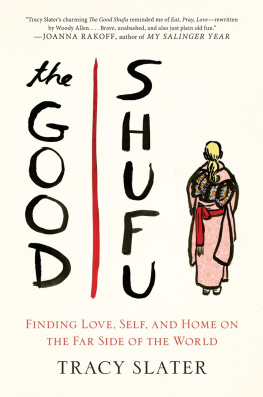
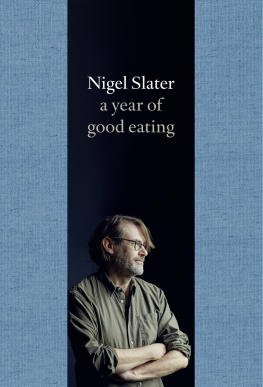
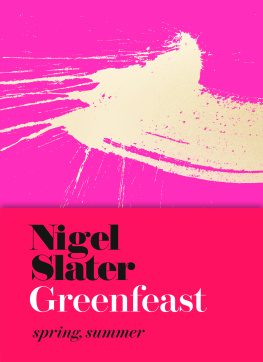

![Nigel Slater - A Cooks Book: The Essential Nigel Slater [A Cookbook]](/uploads/posts/book/441033/thumbs/nigel-slater-a-cook-s-book-the-essential-nigel.jpg)
